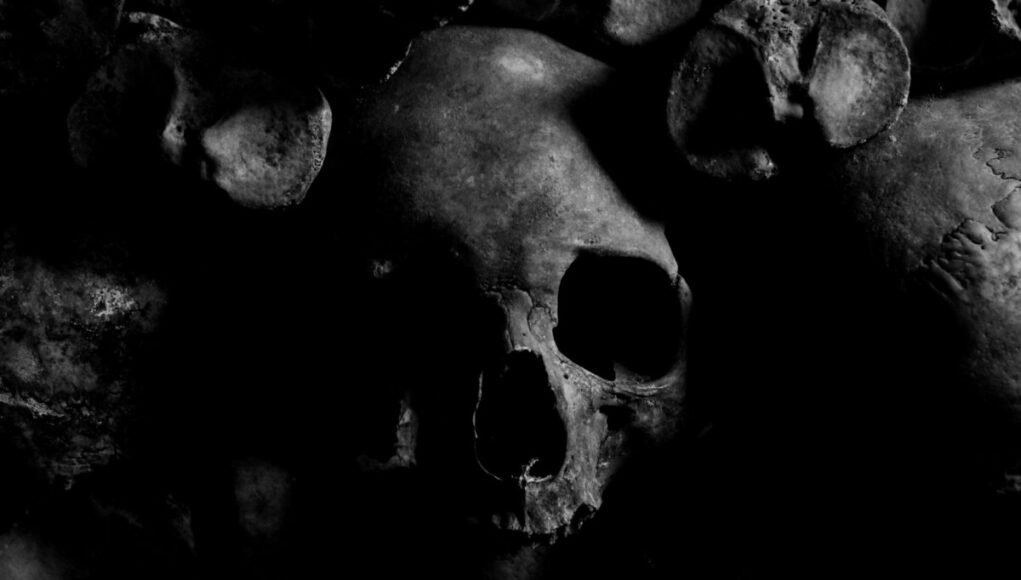Horror movies have been thrilling and chilling audiences for over a century. But the horror genre has undergone dramatic evolutions during that time, transforming in both style and substance to reflect changing audience tastes and cultural anxieties. By charting the history of horror cinema, we can gain insight into society's deepest fears and fascinations. Join us on a journey through the key eras that track the genre's evolution.
The Haunting Origins of Horror in the Silent Era
The horror genre first flickered to life during the silent era of filmmaking in the late 19th and early 20th centuries. These early horror films drew heavily from gothic literature, bringing to life fantastical stories of hauntings, monsters, and the supernatural. Many credit the French filmmaker Georges Méliès as one of the pioneers of not just horror, but cinema itself. His films like 1896’s “The Haunted Castle” deployed groundbreaking special effects and established key horror tropes.
But it was in Germany that iconic early horror films like 1920’s “The Cabinet of Dr. Caligari” and 1922’s “Nosferatu” emerged. These films developed crucial stylistic elements like chiaroscuro lighting, surreal set design, and exaggerated acting that created an unsettling, dreamlike mood. The horrific villains, like the ghostly vampire Count Orlok in “Nosferatu,” gave form to our deepest fears of the unknown. Silent horror films proved that the genre could deliver chilling thrills and psychological terror without spoken dialogue or even color.
Universal Studios Sparks the Golden Age of 1930s Horror
The advent of sound technology sparked a renaissance in horror cinema, leading to the first golden age of horror films in the 1930s. This era was dominated by Universal Studios, which delivered some of the most iconic horror films of all time. 1931 saw the release of both “Dracula” starring Bela Lugosi and “Frankenstein” starring Boris Karloff. These films established the templates for the vampire and artificial human genres respectively, with their gothic settings and practical effects that brought the monsters to life.
Throughout the 1930s, Universal Studios perfected this formula, releasing sequels and spinoffs that created a shared universe populated by legendary creatures like Dracula, Frankenstein, The Mummy, The Invisible Man, and The Wolf Man. Actors like Lugosi and Karloff became major stars, their personas synonymous with horror. Other studios tried to emulate Universal’s success, releasing monster movies and chillers that demonstrated horror’s popularity. The 1930s solidified the horror genre as a Hollywood staple.
1950s Sci-Fi and Psychological Horror Reflect Cultural Fears
The 1950s saw horror evolve in both style and substance as the genre grappled with cultural anxieties like nuclear war and communist paranoia. Low budget science-fiction horror films like “The Thing from Another World” (1951) and “Invasion of the Body Snatchers” (1956) played upon fears of dehumanization and conformity. Psychological horror films like “House of Wax” (1953) and “The Bad Seed” (1956) blurred the lines between the monstrous and the mundane, suggesting evil could lurk within anyone.
Two films in particular – “The Curse of Frankenstein” (1957) and “Horror of Dracula” (1958) – reinvented the classic Universal monsters as Technicolor gothic horrors dripping with blood and sexuality. While conforming to censorship standards, these films pushed boundaries in their depictions of violence and terror. The 1950s demonstrated that horror films could deliver thrills while also serving as potent metaphors for society’s secret fears.
The 1960s and 70s Unleash Shocking Psychological Horror
The cultural upheavals of the 1960s and 70s inspired unsettling new directions for horror cinema. Low budget films produced outside the Hollywood system like “Night of the Living Dead” (1968) showcased gory, taboo-breaking violence. But the biggest innovations came in the form of psychological horror films that deployed ambiguity and complex characters to chilling effect.
“Psycho” (1960) shocked audiences with its central twist, while “Rosemary’s Baby” (1968) blurred the line between imagination and reality. “The Exorcist” (1973) took horror into bold new territory, using a supernatural possession story to explore crises of faith. Slasher films like “The Texas Chainsaw Massacre” (1974) and “Halloween” (1978) introduced the menacing, implacable killers that would dominate the genre in the coming decades. These films revealed horror’s power to not just scare audiences, but challenge their deepest psychological and spiritual beliefs.
The 1980s Birth the Age of the Slasher
The success of “Halloween” and “Friday the 13th” (1980) kicked off a slasher boom that dominated horror in the 1980s. Films like “A Nightmare on Elm Street” (1984) and “Child’s Play” (1988) followed serial killers who dispatched horny, rebellious teens in increasingly creative and gory ways. The slasher genre delivered simple, primal scares rooted in sex and violence that resonated with teen audiences.
At the same time, films like “The Shining” (1980), “The Thing” (1982), and “A Nightmare on Elm Street 3: Dream Warriors” (1987) demonstrated that horror in the ‘80s could also be psychological, thought-provoking, and character-driven. The practical special effects in these films reached new heights of realism. As the slasher genre eventually wore itself out, the 1980s showed that horror still had fresh avenues left to explore.
1990s Postmodern Horror Plays with the Genre’s Rules
By the 1990s, horror cinema had developed such familiar conventions and archetypes that a postmodern, self-aware approach began to emerge. “Scream” (1996) satirized and subverted the tropes of the slasher genre while delivering clever scares. Other films like “The Blair Witch Project” (1999) blurred reality and fiction by presenting themselves as “found footage” of real events.
These films reveled in manipulating audience expectations, with characters who were cognizant of the “rules” horror movies had established over the decades. The 1990s also saw a surge of interest in Asian horror films like “Ringu” (1998) and “Audition” (1999) that introduced supernatural themes and narrative styles to Western audiences. Postmodern horror showed that being self-aware didn’t have to diminish the frights.
21st Century Horror Dives into Real-World Fears
Recent horror films have frequently mined real anxieties and sociopolitical issues to add relevance and immediacy to their scares. “28 Days Later” (2002) and other zombie films link their undead plagues to critiques of consumerism and fear of scientific experiments gone wrong. Found footage and faux documentary horror movies like “Paranormal Activity” (2007) and “The Last Exorcism” (2010) employ pseudo-realism to heighten tension.
Racial tensions, economic instability, and technology-driven isolation all provide fodder for recent horror films like “Get Out” (2017), “Us” (2019), and “Cam” (2018) respectively. 21st century horror shows the genre’s flexibility to adapt to changing times. These diverse approaches prove that over a century after its birth, horror cinema still has our collective pulse.
The Horror Genre Will Continue to Evolve and Terrify
For as long as human beings experience fear and fascination with the unknown, horror films will exist to bring our nightmares to life. The history of horror cinema reveals a genre that is uniquely adaptable, prone to mutation and evolution to suit changing cultural climates. As filmmaking tools and social anxieties shift, we can expect, and eagerly anticipate, horror undergoing new transformations that tap into our darkest recesses. But the primal appeal of being scared in the safety of a movie theater will endure. Horror has terrified audiences for over a century, and will continue to do so as long as we crave potent, cathartic thrills.































